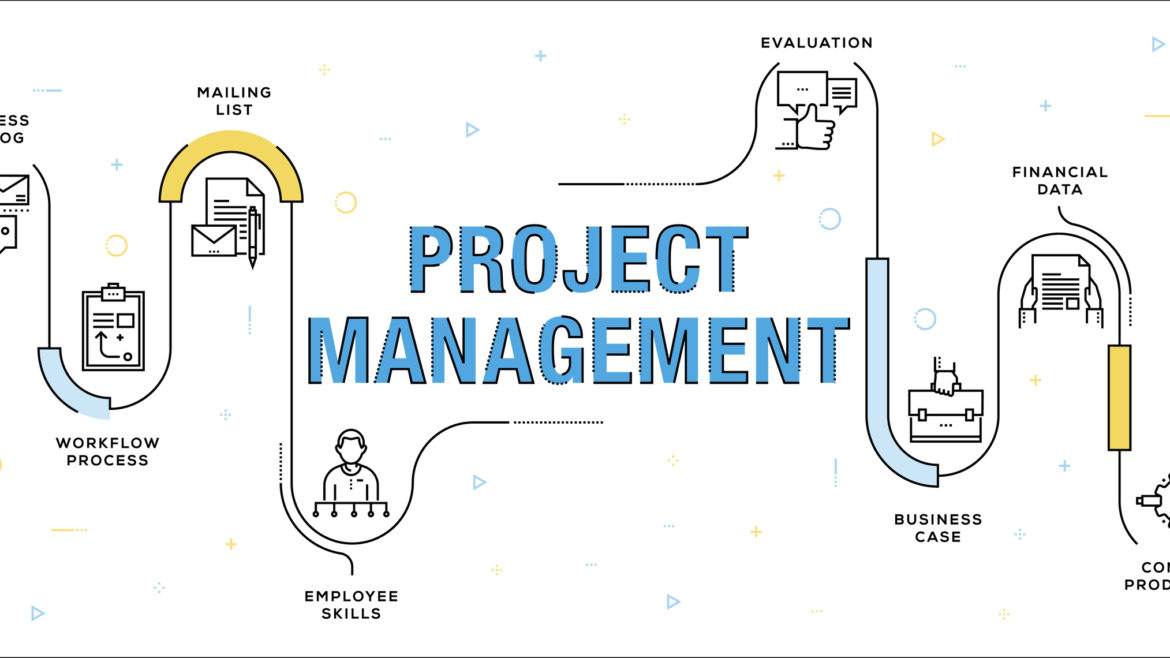Iterative improvement, resource management, and risk management are traditional project management tools that are used for fostering efficiency, effectiveness, and overall smooth execution of a project lifecycle. While these tools are of popular use in project management, they also transcend into other applications, such as credit union management.
Iterative improvement
One of the most popular project management methodologies, Agile, leans on the practice of iterative improvement. The goal in Agile is to improve efficiency and effectiveness on a compounding level. Iterative improvement is a process of making continuous, incremental enhancements to a project or process.
This is achieved by outlining a plan, executing the plan, and then completing a retrospective. A retrospective is, according to Atlassian, “an opportunity for a team to reflect on the past to improve the future.”
For instance, when you’re looking to start a new initiative, such as a new social media campaign, organizing member events to boost engagement, or implementing a new process, try using the iterative improvement method. Specifically, include some dates or milestones in your plans where you complete a retrospective.
During these retrospectives, collaborate with your team and look back on the work they’ve done so far. Utilize their feedback to refine strategies to use on the next iteration.
Ultimately, applying this methodology will not only streamline your processes and reduce redundancies but also enhance team collaboration and communication, fostering a culture of continuous improvement.
Resource management
Resource management is a pivotal aspect of project management, ensuring that all necessary resources are available and utilized with efficiency. In the context of credit union management, effective resource allocation can significantly enhance operational efficiency and service quality.
Defining your resource inventory is essential for understanding what you have at your disposal. This inventory should encompass not only your credit union staff (e.g., tellers, loan offices, IT) but also the equipment, software, and facilities (e.g., ATMs, security, desks). Gathering this inventory will provide insight into the potential uses and utilization of these resources. Once you have this inventory, the next step is to focus on data collection & monitoring.
Data collection and monitoring are processes that work in tandem. It is important to monitor the frequency of resource usage. For example, if a cash counting machine is used 100 times daily, consider acquiring an additional unit to prevent overuse and potential failure. Similarly, if Tim and Bob are both assigned to the teller desk during a period of low customer activity, reallocating Bob’s expertise could enhance operational efficiency. The key is to observe, document, and strategize accordingly.
Lastly, review the frequent, repetitive tasks completed by your team. Evaluate the time spent and the number of actions required for these tasks. Investigate what complex tasks could be accomplished instead if these simpler tasks were automated. Research and identify automation tools that could free resources for more critical credit union work that actually requires their focus.
By refining these practices, credit unions can elevate their operational efficiency, ensuring that resources are optimally utilized to meet both organizational goals and member needs.
Risk management
Risk is an unavoidable aspect of every plane of life. While it is impossible to eliminate risk entirely, it is possible to mitigate and manage it effectively. For instance, checking for an ID before conducting a withdrawal is a managing risk. Similarly, deciding not to invest in real estate within a flood-prone zone is a risk management decision.
Risk management involves strategic decision-making aimed at minimizing the likelihood of negative outcomes in our everyday lives. This process is essential to our decision-making, whether we are actively aware of it or not.
On both a large and small scale, risk management plays a crucial role. Large-scale risk management may involve evaluating significant procedural alterations within your financial institution. On a small scale, it could pertain to devising a staffing schedule for the upcoming month.
Prior to implementing any new or altered processes, conduct the following steps:
- Identify the potential risks associated with the proposed change. Creating a list of pros and cons can be a practical approach.
- Assign a probability percentage to each risk, reflecting the likelihood of the risk occurring.
- Develop a contingency plan to mitigate each identified risk.
For example, one might say, “While there is a possibility of this risk materializing, by taking certain precautions, we can significantly decrease its likelihood.”
Experiment with tools and ideas
It doesn’t take much to understand that these tools are instrumental in enhancing the efficiency and effectiveness of not only project lifecycles, but their utility also extends to other domains, like credit union management.
Test it out. Have some fun applying these practices. And take some time to explore the other project management tools that could further optimize your credit union processes and service delivery.























































